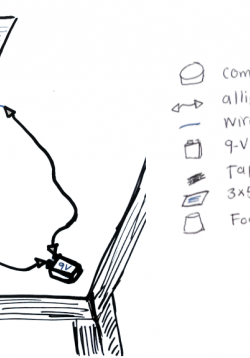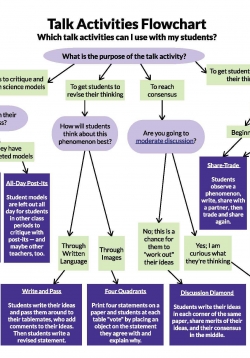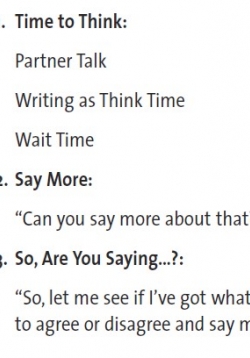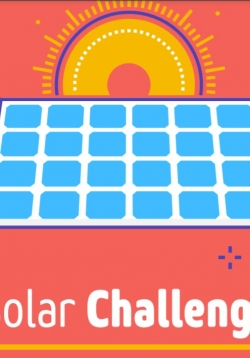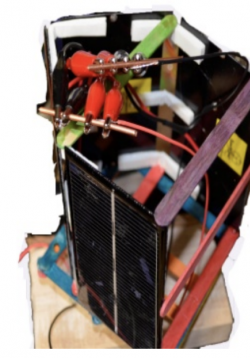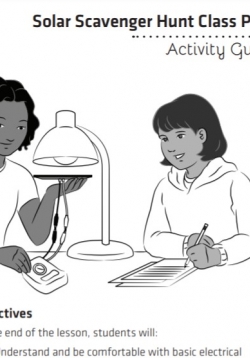Using a Multimeter to Analyze a Solar Circuit: Measuring Current and Voltage—Calculating Power and Resistance
Students will set up a simple circuit using a multimeter and a load resistor to measure the voltage and current in the circuit. Students will learn to use a multimeter, learn how to calculate power and be introduced to Ohm’s Law. This activity provides a...


